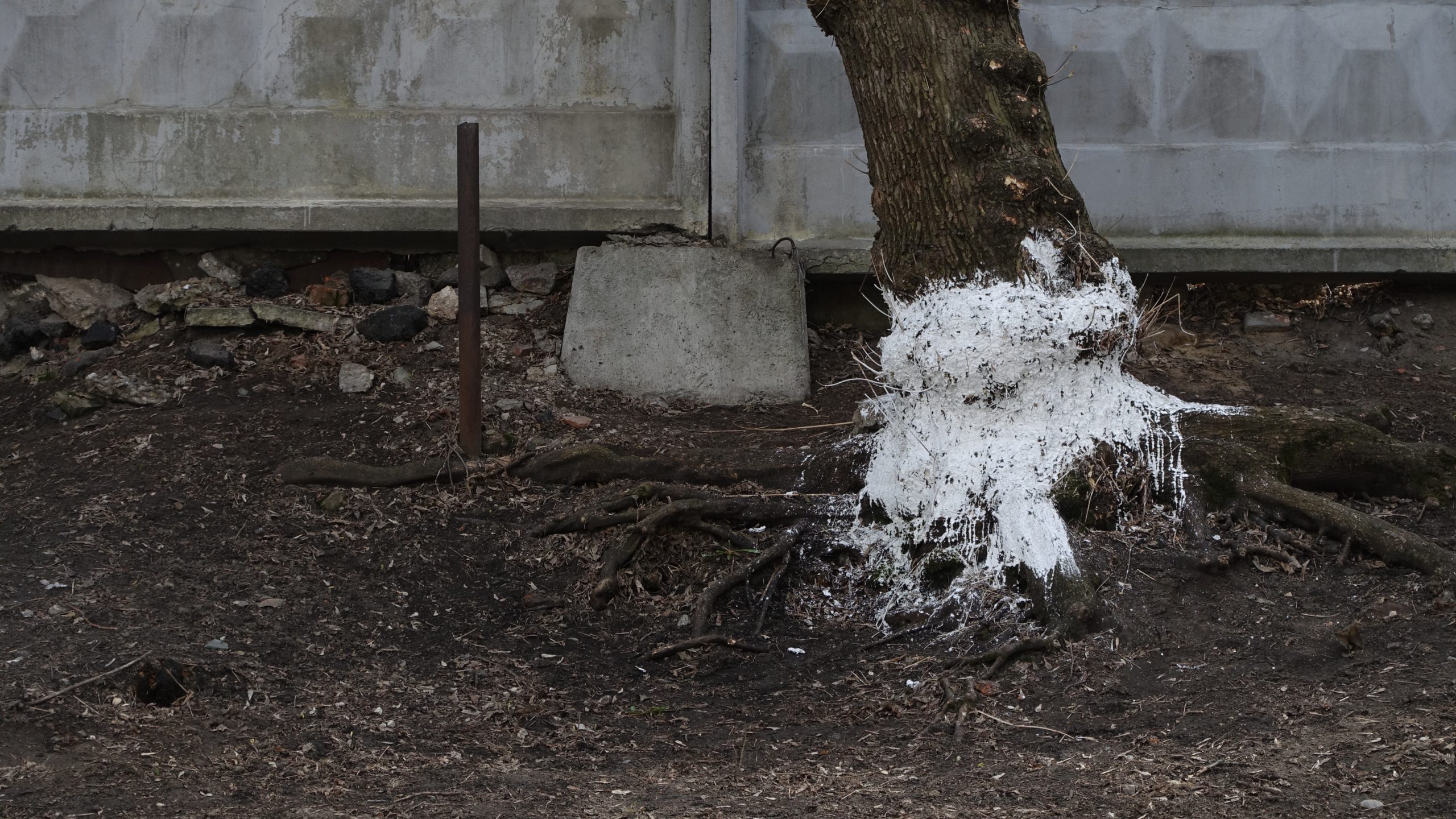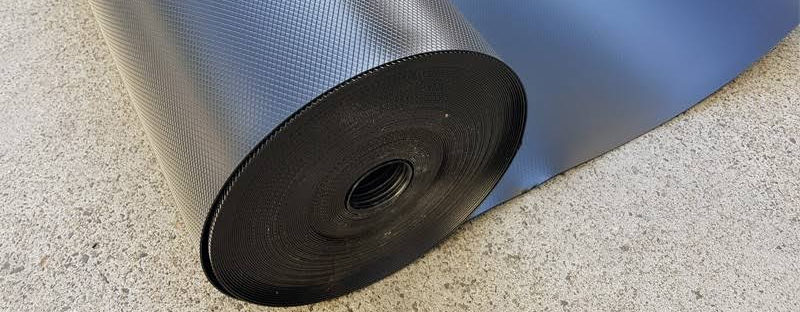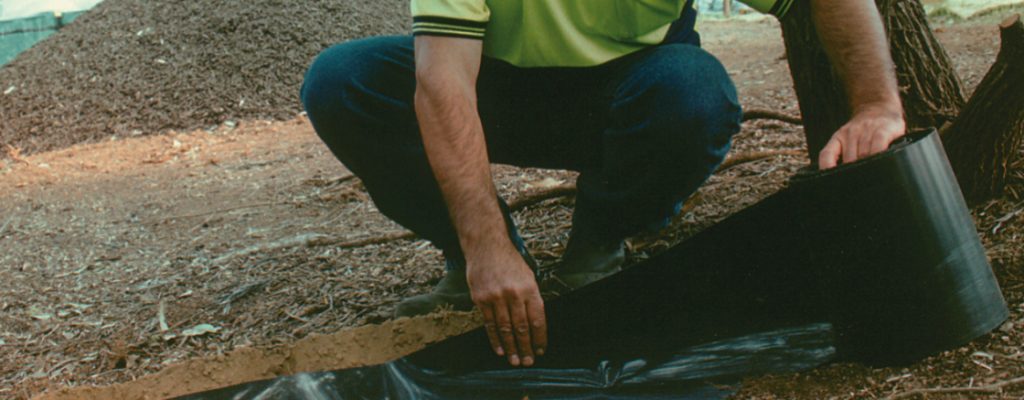
Invasive tree roots can cause significant damage to buildings, pavements, and underground utilities, leading to costly repairs and safety hazards. Effectively managing invasive roots is essential to preserve the integrity of your property and ensure long-term stability. One effective solution for root management is the use of root barriers.
In this article, we will explore tips and techniques for using root barriers as a long-term solution to combat invasive roots.
-
Understanding invasive roots
Invasive tree roots are aggressive and tend to grow rapidly, seeking out water sources and nutrients from nearby structures. Over time, these roots can penetrate foundations, crack pavements and disrupt plumbing systems, causing structural damage and compromising the stability of your property.
-
The role of root barriers
A root control barrier is a physical barrier made from a durable and flexible high-density polythene membrane. When installed around the perimeter of trees or buildings, they prevent invasive roots from encroaching upon protected areas. Root barriers guide root growth downward, away from vulnerable structures and prevent root overgrowth.
-
Selecting the right root barrier
Choosing the appropriate root barrier is essential for effective root management. Consider factors such as the type of invasive roots, soil conditions, and the specific area to be protected. All Stake Supply offers a reliable root barrier solution suitable for various applications
-
Professional installation
For optimal performance, consider seeking professional assistance when installing root barriers. Proper installation involves trenching around the protected area, ensuring the barrier reaches the appropriate depth, and securely anchoring it to the ground. Expert installation helps prevent gaps or root breakthroughs, ensuring a reliable long-term solution.
-
Choosing the right root barrier depth
The depth of the root barrier is crucial to effectively managing invasive roots. For most trees, a barrier depth of 60-90 centimetres (24-36 inches) is recommended, as most invasive tree roots typically grow within the top few feet of the soil. However, for larger trees with deep roots, a deeper barrier may be necessary.
-
Mulching and watering techniques
Proper mulching around trees can discourage root growth towards the surface. Applying mulch within the protected area can divert roots away from the barrier and encourage downward root growth. Additionally, controlled watering practices can influence root behaviour. Deep watering away from the protected area can discourage root exploration towards vulnerable structures.
-
Regular maintenance
Periodic inspection and maintenance of root barriers are essential for long-term effectiveness. Regularly check for any signs of root encroachment or barrier damage. Trimming back any roots attempting to breach the barrier can prevent further damage and reinforce the root barrier’s efficacy.
-
An integrated approach to root management
While root barriers offer a highly effective long-term solution, an integrated approach to root management is recommended. Combining root barriers with selective tree planting, root pruning and regular tree maintenance can further enhance the effectiveness of invasive root control.
Managing invasive roots is crucial to safeguard the integrity of your property and prevent costly damages. Root barriers are just the right product to provide an effective long-term solution for controlling invasive roots and protecting structures and utilities.
Interested in enforcing a proper root control barrier system for your property? All Stake Supply offers a wide range of landscaping products for erosion control and more. Visit our website to explore our range or call on 1300 130 123 for more information.


